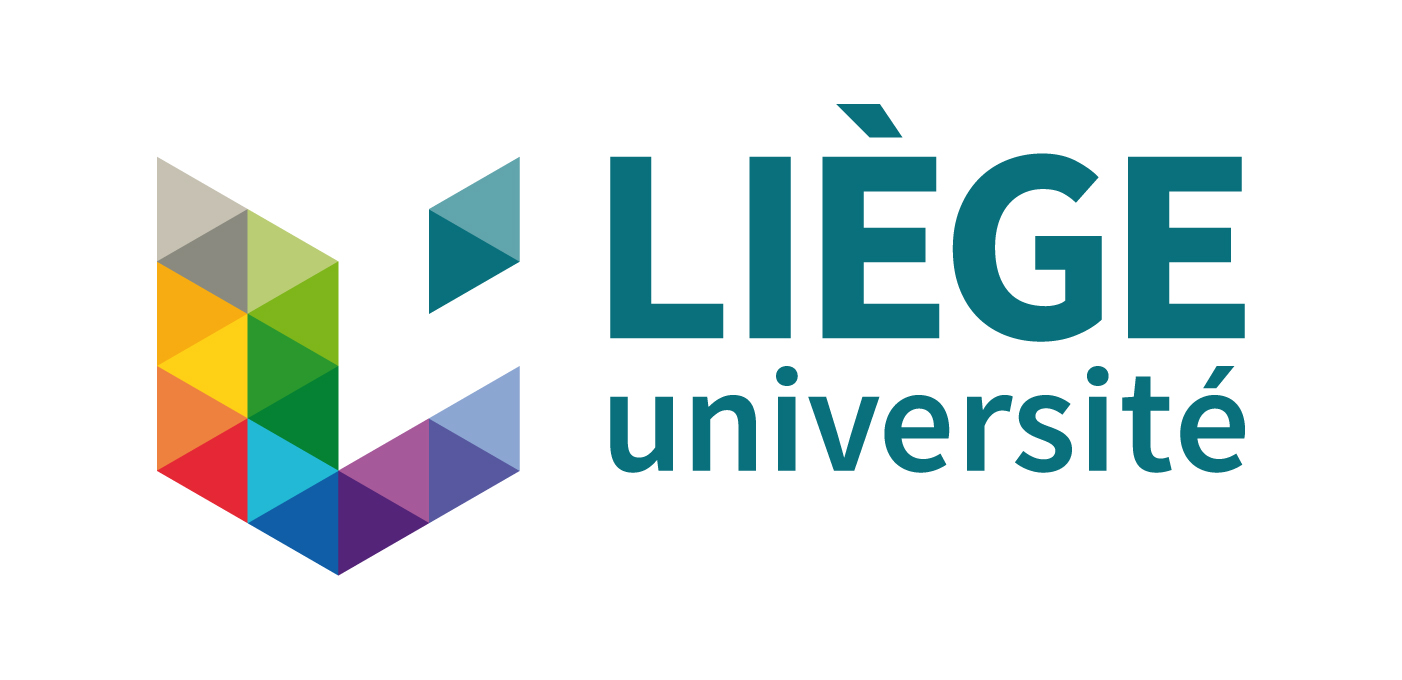| #
| Date
| Subject
| Downloads
| Supplements
|
| 1 |
9/02/2018 |
Introduction to the course
(ch. 1), N. Vecoven |
slides
(old slides) |
Reference book
|
| Positions and Orientations (ch. 2),
N. Vecoven |
Slides |
|
| 2 |
16/02/2018 |
Time and Motion, Mobile Robots (ch. 3 and 4), B. Boigelot |
Slides |
|
| Simulator presentation, N.Vecoven |
|
| 3 |
23/02/2018 |
Navigation (ch. 5), B. Boigelot |
Slides |
|
| 4 |
02/03/2018 |
Localization and Kalman Filter (ch. 6), L. Wehenkel |
Slides |
|
| 5 |
16/03/2018 |
Q & A for the project, N. Vecoven |
| 6 |
23/03/2018 |
Fitting and Shape Matching (not in the reference book), Ph. Latour |
Slides |
To go further
For shape matching:
An efficient way to work with many points:the k-d tree
For the project
|
|
25/03/2018 |
You are expected to produce a 5-minute video of your robot that explores the map and eventually shows the map, with an audio comment explaining your implementation (why you chose a given path finding algorithm, how you decide the next point to explore, rather than what function you called). Ideally, the video should also show how your robot is making decisions (for example, show the map being built, the next point to explore, the trajectory).
Your submission must include both your source code and the video (either directly as a file, or a link to an external website where you hosted your video — in this case, smake sure that we can access the video at any time after your submission). |
| 7 |
13/04 at 8h30 |
Image Processing (ch. 12), M. Van Droogenbroeck |
Slides |
To go further
Reducing Errors in Object-Fetching Interactions
through Social Feedback:video, article
For the project
Reference book
MATLAB Image processing Toolbox:
|
| 8 |
20/04/2018 |
Feature Extraction, Bag-of-features for Image Classification (ch. 13), R. Marée |
Slides (60 MB) |
Reference book
Peter Corke's Machine Vision Toolbox:
MATLAB Computer Vision System Toolbox (high level):
MATLAB Computer Vision System Toolbox (low level):
MATLAB Statistics and Machine Learning Toolbox:
|
|
27/04/2018 |
Project follow-up: first a brief tour of what you have achieved so far
since the first deadline (deeper for groups that had problems), then
time for questions
|
|
27/05/2018 |
Project submission
You are expected to submit:
- your source code for the whole project.
- a PDF report (between five and ten pages) explaining which
milestones you have implemented, the ideas behind your
algorithms, why you think they should work in general for a map
that respects the hypotheses of the project, what ideas you
rejected (and why). Basically, everything that you would like to
present during your defence should be in your report. As for milestone 1 also include a link to a video.
If you want to, you can submit your project beforehand: such a late deadline does not mean we expect you to work full steam until end of May, but rather that you should decide when you work on the project so that it does not interfere with your other academic requirements.
|
|
16/06/2018 and 21/06/2018 |
Projects presentation
The exam will mainly consist of a live demo of your solution on a house that differs from the one provided for training. Be ready to run your code on a laptop, with a different VREP file. Please also prepare videos showing the key elements of your solution, in case there is not enough time to run a full simulation sequence. Prepare two or three slides describing the key elements of your work. This defence shall last approximately ten to fifteen minutes per group.
One examiner residing in the USA, a videoconferencing system will be
used, namely Skype. Please have it installed on your computer beforehand and test screen sharing with your project running in the simulator (only one computer per group is required, make sure it is powerful enough well in advance; contact us if the computers of all group members are not able to withstand Skype with the simulator). Also, be present at least 15 minutes in advance to ensure the examinations go smoothly (testing shared screens, uploading the exam map, etc.).
Presentations on the 16/06/2018 ROOM 2.93
- BindelsGrodent - Antoine Grodent, Charles Lentz, Quentin Bindels - 16h00
- BenoitMehdi - Benoit Umé, Mehdi Sauvage - 16h15
- BudoMoureauPaquet - Arnaud Paquet, Quentin Budo, Céline Moureau - 16h30
- CastilloDolorisPiron - Sergio Castillo, Samy Doloris, Francois Piron - 16h45
- IstazMoreau - Tom Istaz, Ghislain Moreau - 17h00
- intelligentroboticG1 - Christophe Duchesne, Ahmed Ktob, Simone Poli - 17h15
- DCLS - Damien Sprumont, Camille Leroux - 17h30
- Fred - Frédéric Vecoven - 17h45
Presentations on the 21/06/2018 ROOM 2.93
- GreffeNoirhomme - Nathan Greffe, Maxime Noirhomme - 16h00
- IssamOlivier - Issam Amraoui, Olivier Schyns - 16h15
- PetitPierre - Sébastien Blondiau, Soulaimane Harika, Keutgen Pierre - 16h30
- radeletgodon - Louis Godon, Florian Radelet - 16h45
- isaterasmus58 - Alexis Renault, Julien Venot - 17h00
- AttaBohezLentz - Nathan Atta, Thomas Bohez - 17h15
- Mauribin - Robin Pellois, Mauricio Garcia - 17h30
- X - Alexandre Pierroux - 17h45
|
